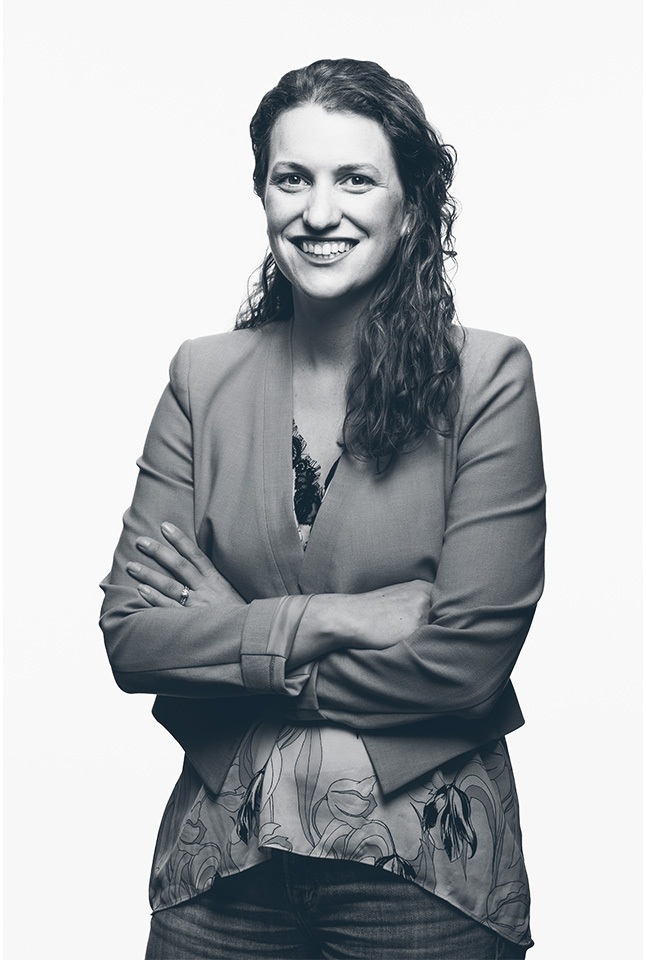
Ask ten tech executives to define customer success and you will hear ten different definitions. Or as Dan Steinman, Chief Customer Officer at Gainsight, told participants at Insight Venture Partner’s Customer Success Workshop in September, it will be “the beginning of a lively debate, certainly not the end of the conversation.”
Across Insight’s portfolio, executives are experimenting and testing ideas for how to scale customer success (CS) at their companies. The tactics may vary, but the mantra is the same - a successful customer will continue to buy and will buy more over time. Stated using SaaS business jargon-du-jour, a company with successful customers can achieve high retention rates and maximize customer lifetime value – leading to faster growth and higher profitability.
New business models
Successful software companies have increased their focus on customer success because of important changes in their business models, specifically changes to sales processes and delivery models.
- Sales process: SaaS and the subscription economy mean companies are always in a renewal cycle. Inking the initial contract is only the first inning of a customer relationship. While it is easier than ever for a customer to get up and running with a software product, it also is easier than ever for them to turn off the switch.
- Delivery model: SaaS companies have dynamic rather than static products; they continuously update and improve products. This requires a strong customer relationship, both to educate the customer on enhancements as well as collect customer insights on how to evolve the products.
Emergence of CS practices
Insight has long emphasized the importance of CS practices as a result of our experience investing in SaaS companies. In April 2015, we co-hosted a webinar with Gainsight; the record breaking attendance highlighted the increased emphasis companies are according customer success. A workshop in September, co-hosted with Gainsight and Waterstone Group, continued the dialog. Leaders from a dozen companies shared best practices and revisited the basics of customer success strategy, using the session to jumpstart 2016 planning for CS teams. The conversation focused on three topics.
- Customer journeys
- CSM roles and responsibilities
- Metrics and budgeting
CS rules of thumb
Our lively conversation yielded some useful heuristics. 1) Segment your customer base in order to allocate appropriate resources to higher value segments. In particular, use customer potential rather than current customer size to determine how, and when, to engage with a customer. 2) Plan for appropriate CS team capacity:
- A single CSM can handle approximately $2M in ARR – i.e., 10 customers with $200K contracts or 100 customers with $20K contracts
- On average an efficient customer success function (excluding support and implementation) should be < 10% of ARR and < 20% including support and implementation.
Gap
If you’re wondering how the group defined customer success, as expected, opinions varied. Dan Steinman proposed a memorable definition: the job of customer success is to reduce the gap between “what is possible with your product i.e., what product managers built your product to do” and “how your customers actually use it.” How do you define customer success? What rules of thumb do you use? Tweet at us @insightpartners or post a comment. We look forward to the ongoing debate!
Subsequent disclosure Following the growth of the importance of CS in software companies, and Gainsight’s impressive thought-leadership and industry-leading product, Insight led a $50 million, Series D investment in Gainsight in November 2015. We don’t only practice CS. We put our money behind it!










